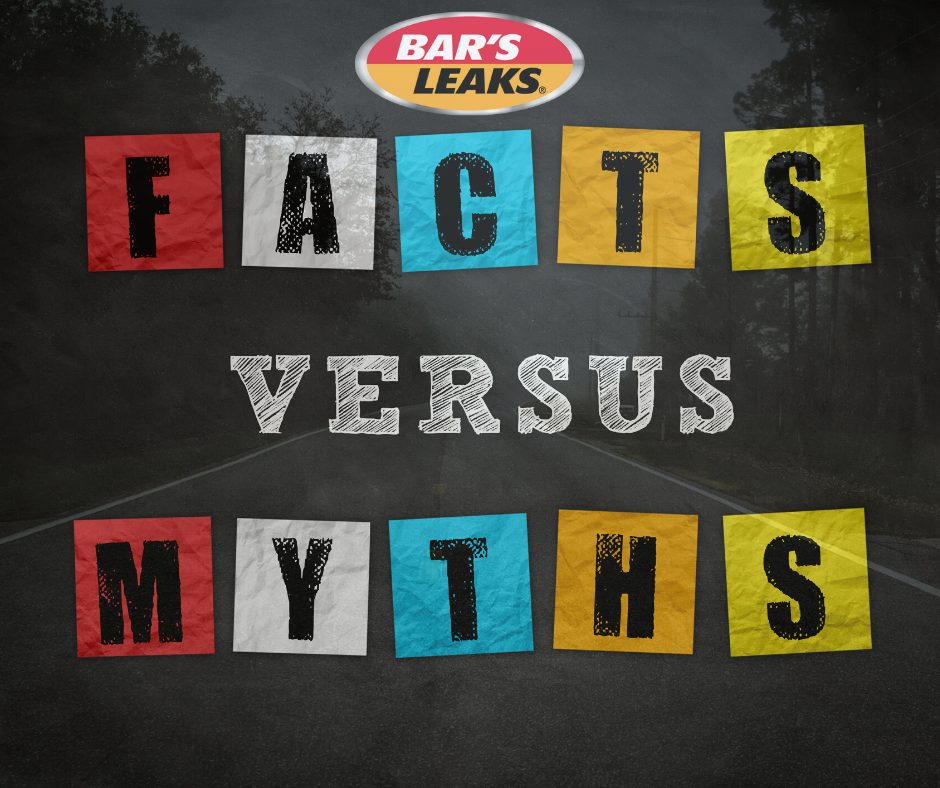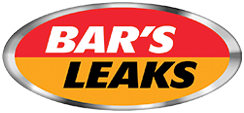
“Stop leak” tends to be a bad word in the automotive industry. Why? For three reasons:
- There are inferior products out there that drag down the entire category as a whole, and
- There are instances in which the product was installed improperly, or into problematic conditions (dirty or partially-clogged cooling systems, in particular)
- The mechanical damage to the car is so bad that no chemical tool can fix it. In these cases, a customer tries a stop leak product, it doesn’t work, and proclaims it useless and ineffective.
Our Customer Support team talks about these things daily. So, let’s take these point by point:
- Our products have been, and continue to be, used in OEM applications. Brand new cars get our stuff installed at time of manufacture. Think about that. Our technology is also used in military and commercial applications. Like so many other product categories out there, there’s stuff that’s good and proven effective and has had long market longevity, and there’s stuff that’s quite a step down from that.
- The #1 problem we see is that folks install products like ours into cooling systems that are dirty or already partially obstructed. This, reliably, will lead to further clogging, and it’s why we specifically say our products should be installed into a clean environment.
- A chemical tool has a window of opportunity relative to the severity of the system damage. That is, if the leak is minor-to-moderate, we stand a good chance of being able to fix it. If the leak is too far gone, or too acute, then there’s a very good chance we WON’T be able to fix it, and we will tell customers that right up front (our customer service/QA team who will chat with you about any problem you’re having). That’s what a lot of people don’t understand. Our tech is a good intervention protocol if the leak hasn’t progressed to the point where a full physical fix is necessary.
So what about the objection “just do it right and fix it mechanically?” We’ll address that too.
A full physical (hard part) repair, obviously, is an ideal option. Problem is, many customers cannot afford the cost or downtime of a physical repair, OR their car isn’t worth the investment of a physical repair. In these cases, the customer is faced with a real dilemma: my car is broken, it needs to be fixed, I can’t afford the cost or to have my car laid up in a shop, and I certainly don’t want to be looking for another car. What to do?
That’s where we come in.
And that’s where we’ve forged our industry-leading reputation for over 70 years.

